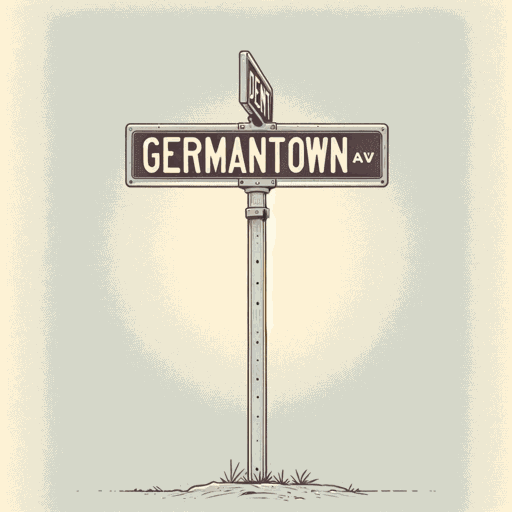33 pages • 1 hour read
Elijah AndersonCode of the Street
Nonfiction | Book | Adult | Published in 1999A modern alternative to SparkNotes and CliffsNotes, SuperSummary offers high-quality Study Guides with detailed chapter summaries and analysis of major themes, characters, and more.
Chapter 3Chapter Summaries & Analyses
Chapter 3 Summary & Analysis
Anderson pivots to the connections between street crime, drugs, and violence. He cites The Philadelphia Negro, an 1899 work by W.E.B. Du Bois, as fundamental to understanding the current reality of Black families in the inner city. Du Bois’s central argument is that racial stereotyping eventually pushes inner-city Black families to a point of economic inviability, which keeps these families stuck in the cycle of poverty. Alienated from the economic opportunities of mainstream society, young Black people often turn to the underground economy, which revolves most prevalently around the drug trade. As a collateral effect of the drug trade, turf wars often emerge, which then increases violence within the community. In addition to the drug trade, robberies also emerge as a common aspect of life in the inner city. As all of these factors accumulate, Anderson argues that “violence comes to regulate life in the drug-infested neighborhoods and the putative neighborhood leaders are increasingly the people who control the violence” (134). Consequently, violence becomes normalized in the community, to the point where violent deaths also become a common occurrence.
Throughout this chapter, Anderson develops two major topics. First, in his reference to the work of W.

